
This guest reflection article is written by Joe Brewer, a rural educator from Cuba, IL. Like most rural teachers, Joe has a deep passion and commitment to serving students in his small community. In an effort to enrich the offerings available to his students, he has successfully led a number of innovations redefining what education looks like, including: the Forgottonia Project–a student-led initiative to explore local history, and a National Humanities Council grant. Mr. Brewer’s reflections on career and technical education stem from his earlier work to explore new ways of educating and his personal mission of providing the very best for rural students.
Part 1 – Embracing Modern CTE: A Veteran Teacher’s Journey
As a veteran history teacher in a rural school, I have seen firsthand how traditional “sit-and-get” education can stifle students’ potential. My experience has taught me that many students, especially in rural areas, need more than conventional classroom instruction to thrive. They need hands-on, practical experiences that connect their education to the real world—a concept at the heart of modern Career Technical Education (CTE).
Recognizing this need for more engaging and relevant learning, I was thrilled when my elective class on local history was approved. My vision for the class was to offer a hands-on experience that would bring history to life through field trips, historian partnerships, and community projects. However, scheduled for the final afternoon period, the class became a refuge for students at the end of their academic day. Most were more interested in my Nerf basketball hoop than in public history. Balancing lessons with games helped reach my more disengaged students, but it came at the expense of a few dedicated young historians passionate about local history.
My goal was to help students develop career competencies in a field they might consider seriously pursuing after high school. However, the reality of traditional schooling structures revealed significant limitations. As the semester closed, I was left questioning whether the course I envisioned was even possible in a public-school setting.
Upon reflection, I realized that the design of my local history class was closely aligned with modern CTE approaches to education. Both aim to move beyond traditional methods, designing relevant and meaningful experiences that foster lifelong competencies. Like CTE, my class was intended to allow students to address real-world challenges and collaborate with professionals in the field. Although I encountered challenges in integrating this hands-on, real-world learning within the constraints of the traditional school model, these experiences highlighted a broader need for educational evolution. This connection between my local history class and CTE led me to explore how the principles of CTE could enhance not only vocational programs but also other disciplines, ensuring that all students have the opportunity to engage deeply with their learning and develop skills that will serve them in the future.
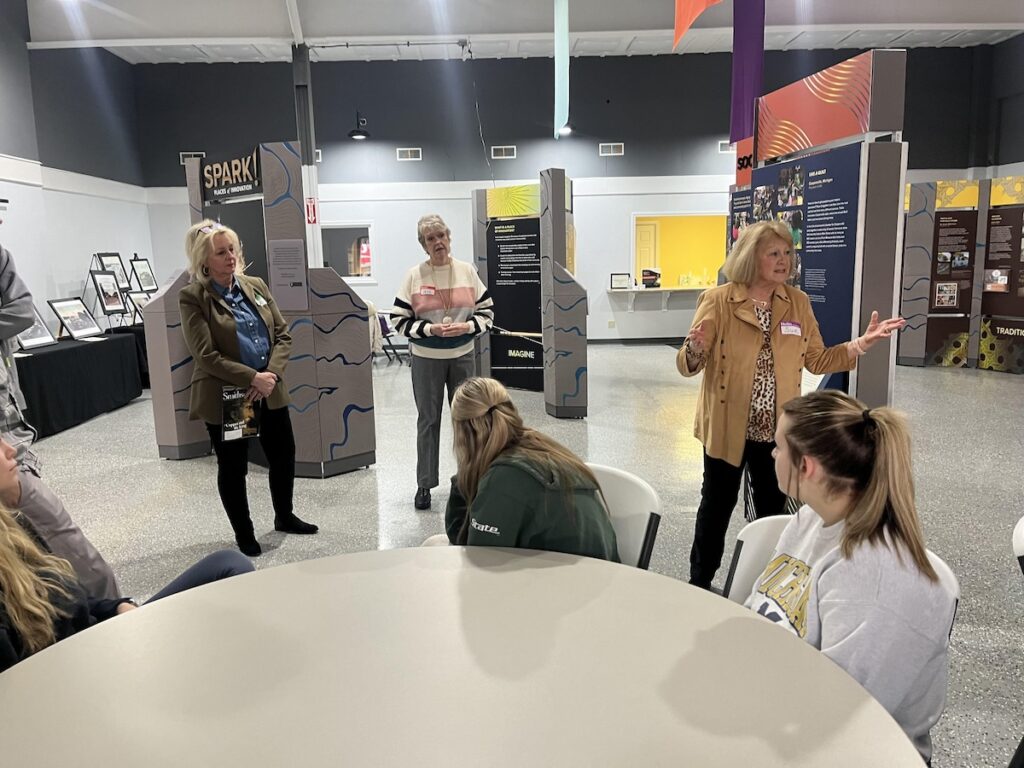
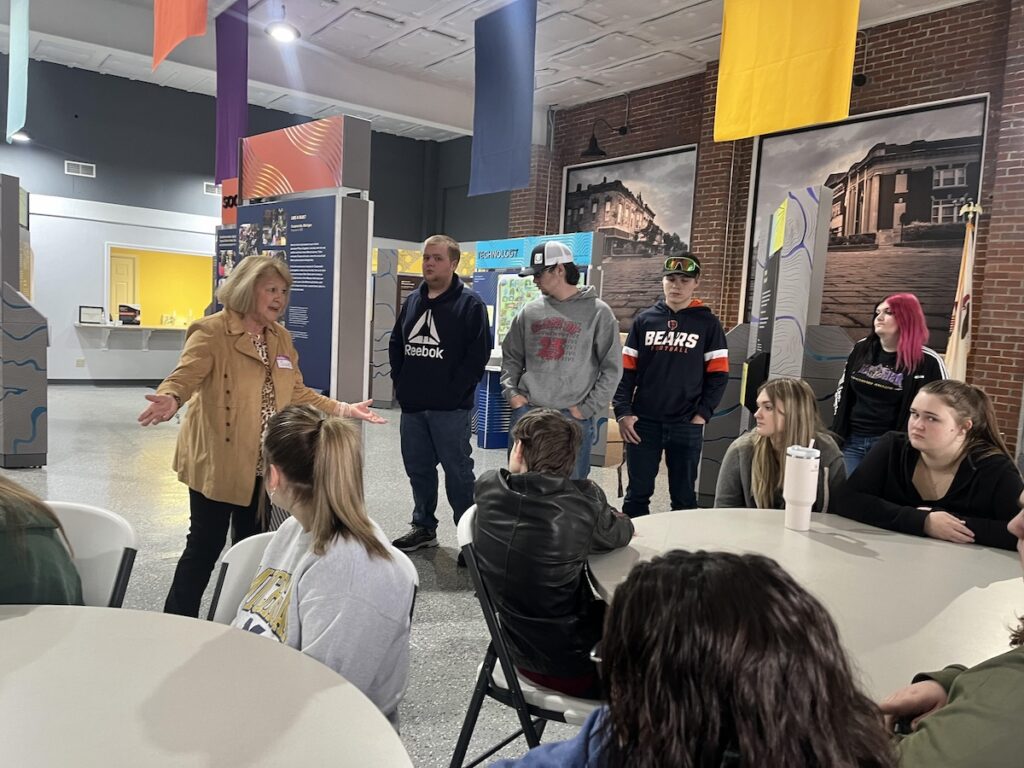


Part 2 – Breaking Old Stereotypes to Find a Modern CTE Approach
This is a common story in many public schools. While there are dedicated teachers and innovative programs, the full potential of Career Technical Education (CTE) is often misunderstood and underutilized. Simply put, this is not your grandfather’s shop class!
What is CTE?
Career and Technical Education (CTE) is an educational pathway that combines academic knowledge with technical skills, preparing students for both college and career opportunities. CTE programs offer hands-on learning experiences in a variety of fields, including healthcare, information technology, advanced manufacturing, and agriculture just to name a few. These programs are designed to equip students with the practical skills and knowledge needed to succeed in specific industries, bridging the gap between traditional education and the workforce. CTE is a rapidly growing and bipartisan initiative as 8.2 million high school students in almost every state had taken a CTE course in 2022.
However, according to John Glasgow, Program Director for the Association of Illinois Rural and Small Schools (AIRSS), there is a very “low understanding of what CTE actually is.” Glasgow, who just completed the first year of a special state-wide investigation into the status, needs, and accomplishments of rural CTE programs in Illinois, is hoping to create support mechanisms for schools to successfully implement their own CTE initiatives. “There is so much more to CTE now-a-days that people aren’t aware of,” he claims. “Part of our work is to rebrand CTE, to show it’s not just trades, but every career and every discipline.” Glasgow also notes that national polling shows that students are much more interested in this approach to schooling.
How is CTE Different Today?
- Integration with Core Academics: Old CTE focused mainly on vocational skills and was considered a separate track for students not pursuing college. Modern CTE integrates with core subjects, enhancing both technical and academic skills, producing more well-rounded individuals.
- Focus on High-Demand Careers: Old CTE was typically limited to fields like automotive repair, woodworking, and other manual trades. Modern CTE includes high-tech and high-demand fields like cybersecurity, renewable energy, healthcare technology, and digital media.
- Industry Partnerships: Historically, CTE programs had limited connections with actual industries. Modern CTE programs have strong partnerships with local businesses and industries, providing real-world project opportunities. These collaborations provide students with up-to-date equipment, internships, apprenticeships, and real-world project opportunities.
- Emphasis on Soft Skills: Previous CTE programs focused primarily on hard, technical skills. Modern CTE blends hard technical skills with communication, teamwork, problem-solving, and critical thinking–employable skills that are essential for any career.
- Pathways to Postsecondary Education: In the past, CTE was often considered the end of the educational road for many students. Today, CTE is a pathway to higher education. Many programs offer dual enrollment options, where students can earn college credits while still in high school. CTE students often continue their education at technical schools, community colleges, and universities.
- Inclusive and Diverse: Previously, CTE was often viewed as an option for low-income and students of color not pursuing traditional academic routes. Modern CTE is inclusive and serves a diverse student population. It is designed to cater to all students, providing opportunities for those interested in both college and immediate career entry.
What are the challenges to implementing successful CTE programs?
Developing successful (CTE) programs face numerous challenges, particularly in rural schools that are most in need of innovative approaches. According to Glasgow, rural schools struggle to focus on transformative educational strategies because they face significant struggles meeting basic operational needs. Other challenges include:
- Finding purpose Beyond Test Scores: Shifting the focus from test scores to helping students discover their identities and passions.
- Need for Independence and Trust: Traditional compliance-based approaches hinder CTE progress. Students need independence and trust to thrive.
- Shared Conceptual Understanding: Lack of a centralized system linking education and the workforce leads to varied models of CTE with different rates of success.
- Connections with Industry Partners: Mismatch of goals, resource constraints, communication barriers, curriculum alignment, liability concerns, scalability issues, cultural differences, and limited awareness hinder effective industry partnerships.
- Stuck in Traditional Models: As my own journey demonstrates, schools, especially in rural, under-resourced regions, struggle to innovate because administrators are burdened with satisfying mandates and maintaining operational responsibilities.
Despite the challenges, studies show that investments in CTE are effective. For example, the U.S. Department of Education found that students in CTE programs have a graduation rate of 93%, compared to the national average of 80%. Additionally, the Association for Career and Technical Education (ACTE) reports that 81% of dropouts say relevant, real-world learning opportunities would have kept them in high school.
Why Rural Schools are Especially Equipped to Lead the Way in Modern CTE Approaches
Rural schools possess unique characteristics that position them well to implement modern CTE approaches effectively:
- Community Ties: Rural schools have strong community ties, which can facilitate partnerships with local businesses and industries. These close-knit relationships enable schools to create meaningful experiences tailored to the community’s needs.
- Flexibility and Innovation: Rural schools, due to their smaller size, can be more flexible and innovative in their approach to education. They can quickly adapt to new teaching methods and integrate CTE programs without the bureaucratic hurdles that larger districts might face.
- Resourcefulness: Rural schools often operate with limited resources, fostering a culture of creativity. This mindset can be advantageous when developing and implementing CTE programs, encouraging schools to find innovative solutions and make the most of what they have.
- Personalized Learning: The smaller student populations in rural schools allow for more personalized learning experiences. Teachers can focus on individual student interests and strengths, tailoring CTE programs to meet their specific needs and aspirations.
- Connection to Nature and Agriculture: Many rural communities have a strong connection to nature and agriculture, which can be integrated into CTE programs. Students can gain hands-on experience in fields like environmental science, sustainable agriculture, and natural resource management, aligning their education with local industries and job opportunities.
- Commitment to Local Economic Development: Rural schools often play a central role in the economic development of their communities. By implementing CTE programs that address local workforce needs, schools can help drive economic growth and create pathways for students to remain and thrive in their hometowns.
Do the Humanities have a place in CTE?
Yes! Subjects in the humanities (e.g., history, art, literature, philosophy, etc.) should be considered an integral part of CTE, providing students with real-world skills and partnering them with professionals to help understand and address the actual problems they are concerned with. It’s also important to understand that sometimes humanities courses may closely resemble traditional trades classes. My history class, for instance, frequently collaborates with a museum director who regularly engages in various hands-on tasks, such as carpentry, graphic design, and everything from designing and printing promotional materials to cleaning bathrooms. The director is knowledgeable in countless interdisciplinary activities that align well with CTE programs, showcasing how the humanities can integrate practical skills with academic knowledge.
Here are some additional reasons why the humanities have a place in CTE:
- Alignment with Industry Partners: The humanities foster critical thinking, creativity, and cultural awareness, which are highly valued by industry partners. Integrating humanities into CTE prepares students for careers in media, communications, marketing, and more, where understanding human behavior and effective communication are essential..
- Emphasis on Soft Skills: Humanities courses naturally develop soft skills like communication, teamwork, problem-solving, and adaptability. Embedding these courses in CTE ensures students acquire these essential skills alongside technical ones, making them well-rounded professionals..
- Focus on High-Demand Careers: Many high-demand careers, such as digital media and social media management, require both technical and humanities-based skills. Including humanities in CTE better prepares students for these interdisciplinary roles that are increasingly in demand.
- Integration with Core Academics: The humanities link technical education with core academic subjects, enhancing understanding across fields. This integration helps students see real-world applications of their studies.
- Cultural Competency: Humanities courses teach students to appreciate diverse perspectives, essential in a globalized world where managing cultural differences is key to success.
- Innovation: The humanities encourage creative problem-solving and thinking outside the box, crucial for addressing societal issues. CTE programs that include humanities foster a workforce driven by innovation and creativity.
- Critical Thinking: Humanities education enhances critical thinking and problem-solving abilities, skills transferable to any technical field, helping students tackle real-world problems effectively.
- Personal and Professional Development: The humanities develop empathy, self-awareness, and ethical responsibility, essential traits for any professional. By fostering these qualities, CTE programs can produce not only skilled workers but also socially responsible individuals.

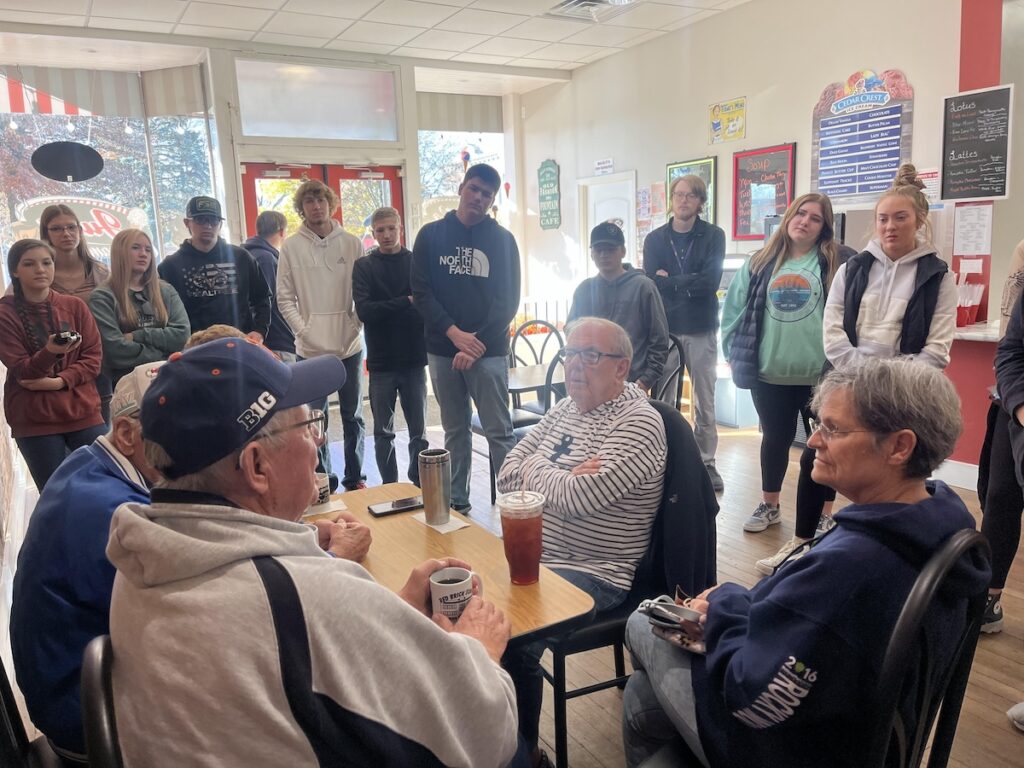
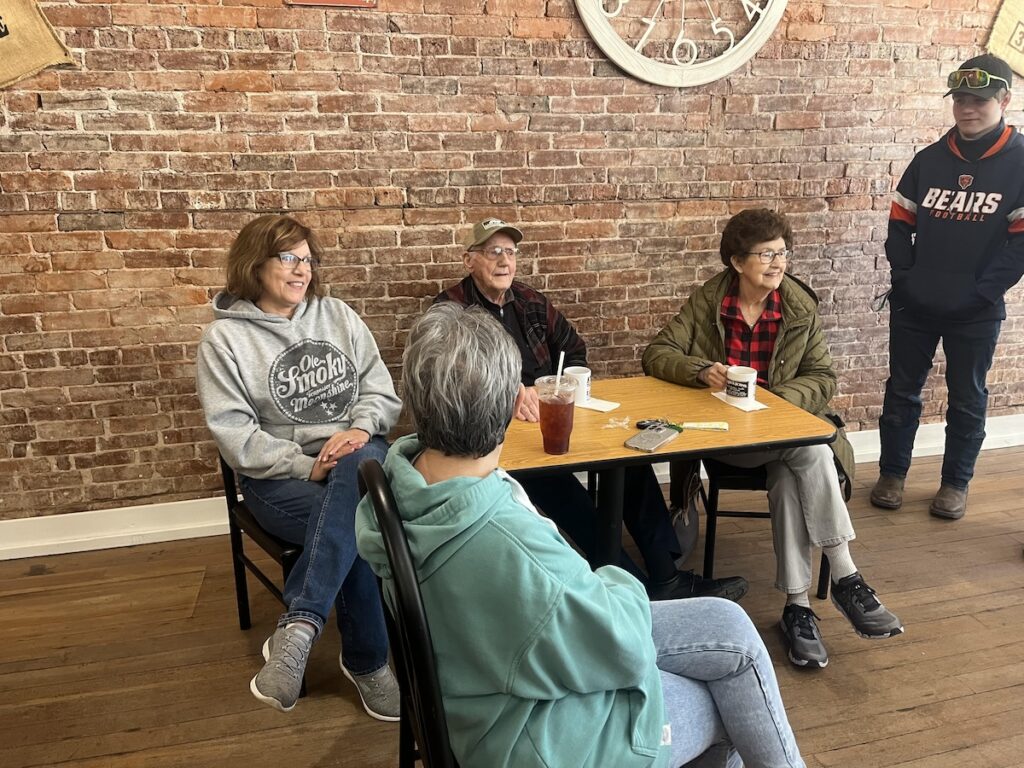

Part 3 – Implementing Modern CTE Approaches
According to James R. Stone III, regardless of varying definitions and contexts, high-quality CTE programs should emphasize academic, technical, and employability skills. For rural schools, which often face unique challenges such as limited resources and geographic isolation, practical steps to transform their school experience through CTE can be particularly impactful. Embracing CTE programs can lead to more engaged students, enriched learning environments, and ultimately, prepare college and career ready students.
General strategies to incorporate a CTE program that engages students:
- Redesigning Curriculum: CTE principles can be incorporated into virtually every subject by showing students the practical applications of their studies. This approach not only enhances student interest but invites teachers to focus on the most meaningful aspects of the content, fostering deeper engagement. In rural schools, this might mean connecting lessons to local industries such as agriculture, manufacturing, or renewable energy.
- Professional Partnerships and Work-Based Learning Experiences: Connecting students with industry professionals who can provide mentorship and real-world experience is an essential characteristic of successful CTE programs. Rural schools can start by building relationships with local businesses, farms, or local organizations. Initiating CTE programs by identifying a single local business willing to partner can gradually expand as each party adjusts to one another.
- Addressing the Traditional “Sit-and-Get” Approach: For CTE goals to flourish, students must be afforded opportunities to pursue internships, fieldwork, and project-based learning experiences during school hours (and likely outside the school building). To move away from traditional “sit-and-get” teaching methods, schools can integrate a variety of strategies into their daily schedules in creative and flexible ways. Here are a few examples:
- Exploration Hours or “Genius Hours”: Dedicating a portion of the school day or week to exploration hours where students can work on passion projects or real-world problems in collaboration with local industry professionals. This not only makes learning more engaging but also helps students see the relevance of their education.
- Project-Based Learning: Encouraging students to undertake long-term projects that require them to apply both academic and technical skills in real-world contexts. These projects can be designed in collaboration with local industry partners, providing students with a taste of professional work and the challenges it entails.
- Flexible Scheduling: Allowing students to leave campus during school hours to participate in internships, job shadowing, or fieldwork, leveraging the unique opportunities available in rural areas.
- Guest Speakers and Workshops: Inviting local professionals to speak to students or conduct workshops on topics relevant to their industry. This not only enriches the curriculum but also allows students to network and learn from those who are currently working in fields they might be interested in.
- Capstone Projects: Implementing capstone projects that require students to collaborate with industry partners to solve real-world problems. These projects can serve as a culmination of the students’ learning experiences, showcasing their skills and knowledge. 4. Building Trust and Independence: For these approaches to be effective, it’s crucial to foster an environment of trust and independence. Students should be provided opportunities to discover their interests and manage their own projects. Teachers must act as facilitators and mentors rather than taskmasters. This shift can be challenging in traditional school settings, but it’s essential for cultivating the skills and mindset that modern CTE aims to develop.
- Early Career Readiness: Career readiness should start in middle school and continue through secondary and postsecondary education. Dual enrollment, particularly early college high school models, helps students gain valuable postsecondary credentials.
- Well-Prepared Teachers: CTE teachers often come from industry with technical expertise but require additional pedagogical training. Professional development programs, such as “Teaching to Lead,” help new CTE teachers master essential teaching skills and reduce turnover. This is especially important in rural areas where recruitment and retention of qualified teachers can be more challenging.
- Political Leadership: According to Robert Schwartz, developing a supportive college and career readiness system requires strong political leadership. Rural schools needing support to incorporate CTE should contact local officials to see what support they can offer. Engaging with government representatives is crucial to secure the necessary funding and resources for CTE programs to flourish. Schools should also consider hosting community forums and collaborating with local businesses to highlight the benefits of CTE, building a coalition of support that can drive policy changes.
- Celebrating Small Wins: As rural schools begin to build these relationships and shift away from traditional methods of schooling, it’s important to celebrate small wins. Highlighting successful partnerships, student projects, and individual achievements can help build momentum and demonstrate the value of CTE to the wider school community.

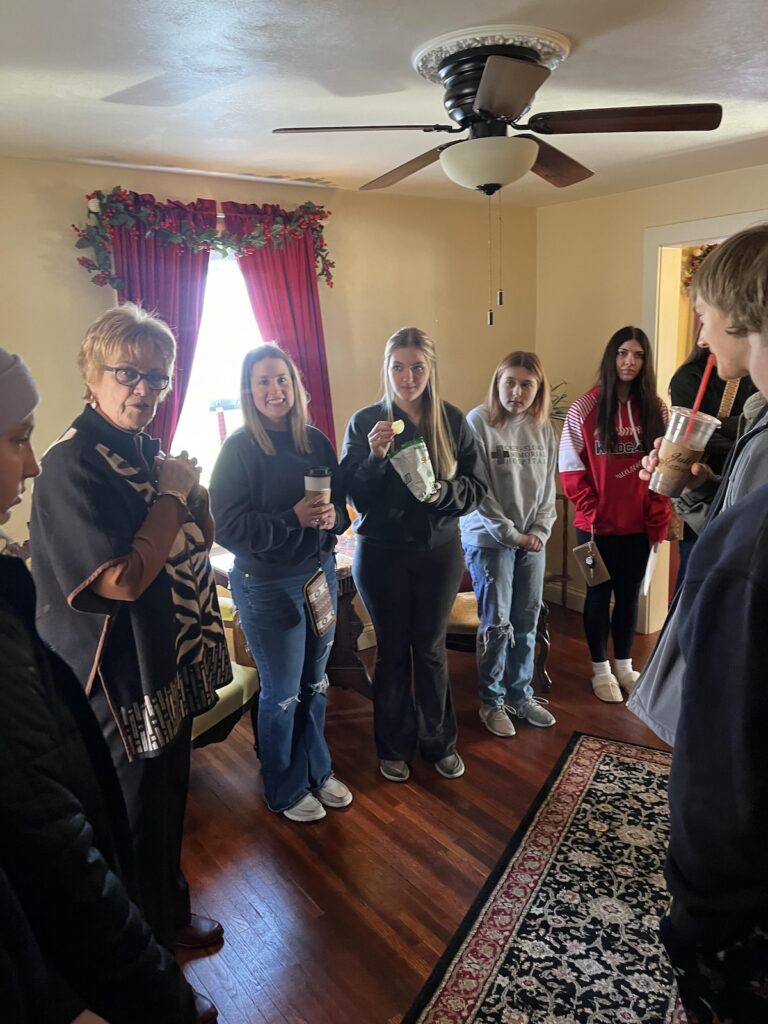


Conclusion
As my journey with the local history elective demonstrated, our educational system is ripe for transformation, and modern Career and Technical Education (CTE) approaches provide excellent opportunities to drive this change, especially in rural areas. Rural schools, with their unique community ties and resourcefulness, are particularly well-equipped to lead the way in implementing modern CTE programs. These programs are not the vocational tracks of the past but complex pathways that prepare students for high-demand careers.
The humanities, too, have a critical role in CTE, providing students with essential skills in critical thinking and creativity. These courses help students develop into well-rounded individuals capable of innovative thinking and effective communication—traits that are invaluable in any career. Rural schools can leverage their close-knit communities and local industries to create rich, interdisciplinary learning experiences that integrate both technical and humanities-based skills.
Implementing CTE successfully in rural schools requires a shift in mindset. Schools must prioritize curriculum that establishes professional partnerships and offers flexible scheduling to accommodate hands-on learning experiences. By building relationships with local businesses and community organizations, rural schools can create CTE programs that address specific community needs and opportunities. Moving away from a compliance-based, test-score-focused system to one that values student independence, trust, and real-world learning is essential.
Ultimately, by embracing the principles of modern CTE, rural schools can create a more inclusive and dynamic educational system that truly meets the needs of all students. This transformation will not only benefit individual learners but also contribute to the economic and social vitality of rural communities.
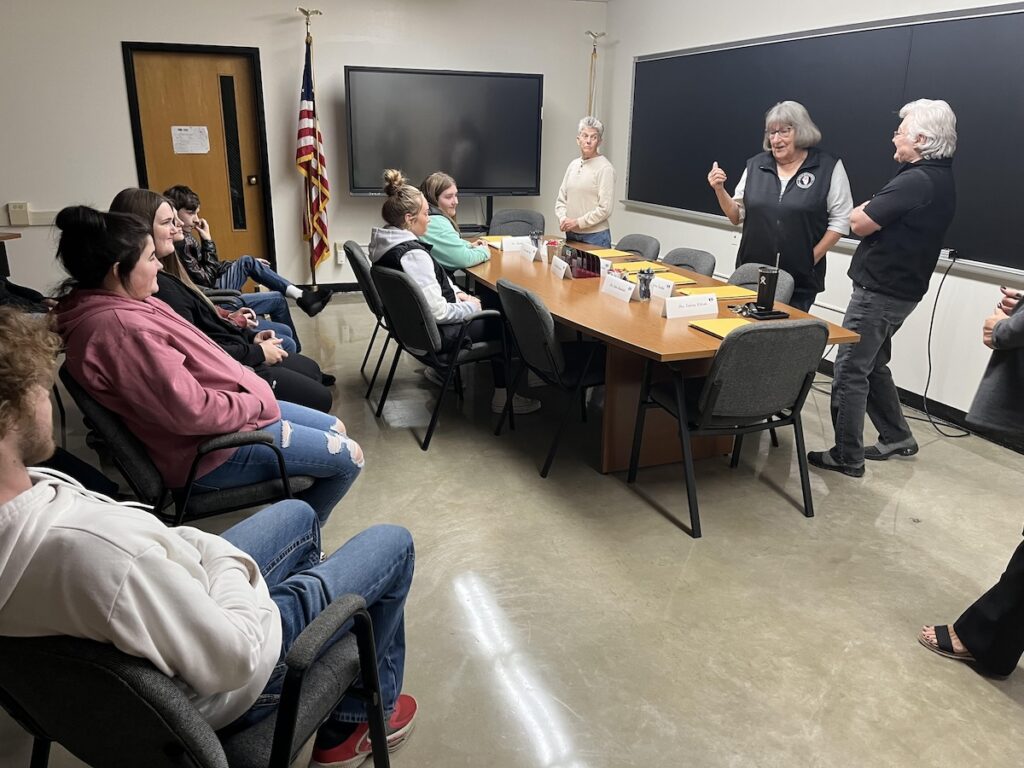


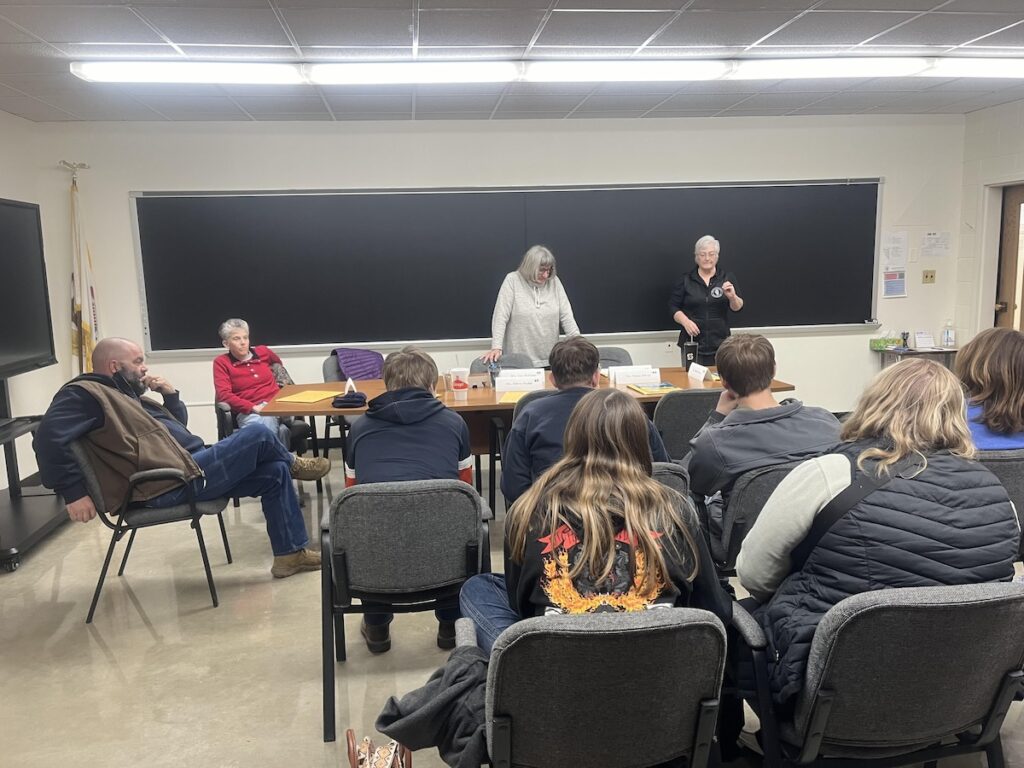
Organizations & Online Resources
- *Rural IL CTE Project, John Glasgow, Program Director for the Association of Illinois Rural and Small Schools (AIRSS) – Insights on the state of CTE in rural areas and the challenges faced.
- Association for Career and Technical Education (ACTE) – Reports and policy papers on CTE trends, best practices, and outcomes.
- U.S. Department of Education, Office of Career, Technical, and Adult Education (OCTAE) – National data, research, and resources on CTE.
- National Research Center for Career and Technical Education (NRCCTE) – Research reports and publications on CTE effectiveness and implementation strategies.
- Advance CTE (www.careertech.org) – Resources, policy updates, and success stories related to CTE.
Articles & Books
- Bridging the Skills Gap: Career and Technical Education in High School, U.S. Department of Education, Sept. 2019
- Signature Features of High-Quality Career and Technical Education, by James R. Stone III, Spring 2024
- From Margins to Mainstream: Bringing Career-Connected Learning to Scale, by Robert Schwartz, Kerry McKittrick, Spring 2024
- Pathways to Prosperity: Meeting the Challenge of Preparing Young Americans for the 21st Century, by William C. Symonds, Robert B. Schwartz, and Ronald Ferguson, 2011 – Discusses the importance of CTE in preparing students for the workforce.
- Maximizing the Effectiveness of Workplace Learning: Instructional Principles for Career and Technical Education, by Paul A. Kirschner, Mirjam Neelen, Tim Surma, Spring 2024
- CTE and the Demands of the Moment, by Bekah McNeel, Edutopia, 2020
- Redesigning America’s High Schools, by Theodore Sizer, 1997 – Exploration of innovative high school models, including CTE integration.
- How career and technical education shuts out Black and Latino students from high-paying professions, by by Sarah Butrymowicz, Jeff Any, and Larry Fenn, Hechinger Report, 2020
- Education Week, CTE Articles

